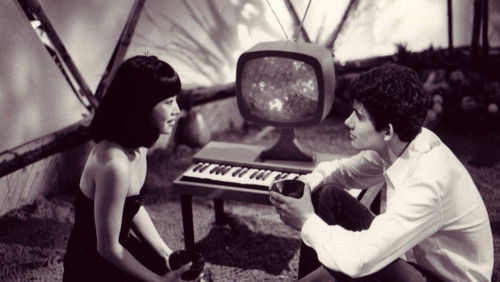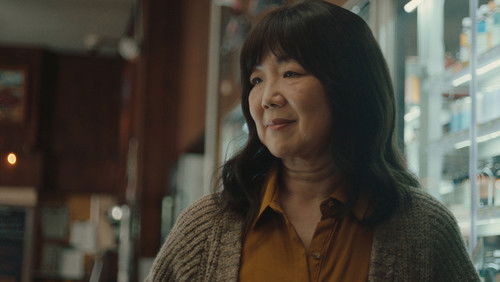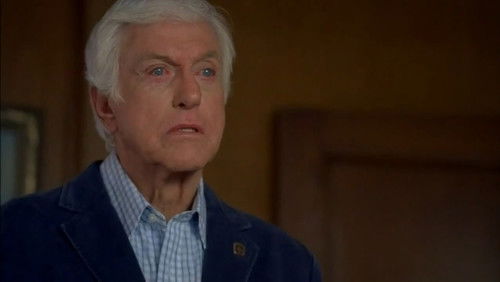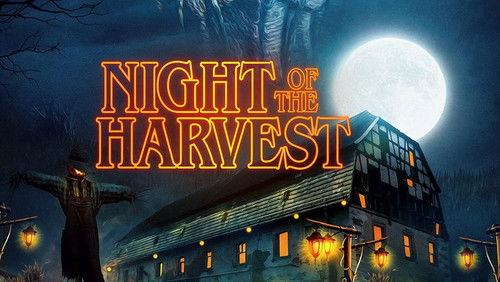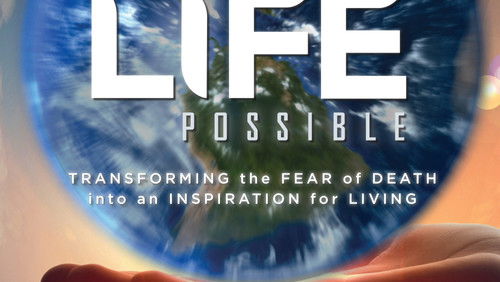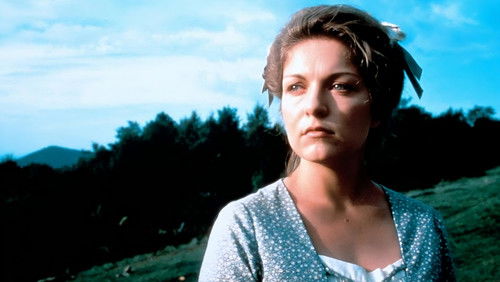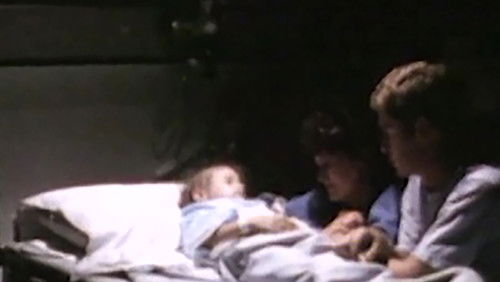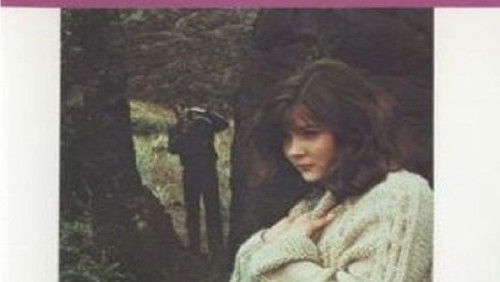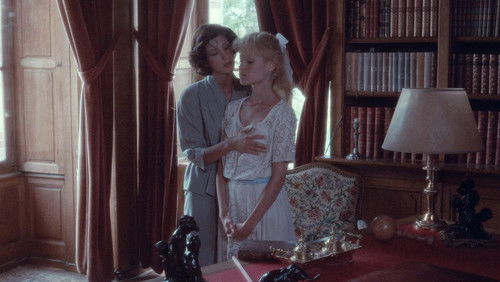Unbridled (2017)
19KUnbridled: Directed by John David Ware. With Eric Roberts, T.C. Stallings, Téa Mckay, Dey Young. Based on true to life stories at Equine Assisted Therapy centers including Corral Riding Center in North Carolina, UNBRIDLED tells a tremendous story of redemption and triumph, with a message of unconditional love, with teenage girls overcoming formidable obstacles and living a fulfilling life in spite of adverse circumstances. UNBRIDLED is a story that dives deep in the human heart, and shines a light on the goodness and altruism of authentic people who view life as greater than themselves. UNBRIDLED is Inspiring Heartwarming Captivating Uplifting Refreshing Wholesome Enjoyable Encouraging Touching Delightful Memorable UNBRIDLED is a true to life story that exposes the atrocities of abuse, neglect, and trauma and the healing and redemption experienced by girls and horses who have suffered the same types of abuse. UNBRIDLED showcases how every life matters, no matter how damaged,and that redemption is just around the corner when lives will be made whole again. An emotionally gripping, unforgettable and uplifting story of redemption, healing, and overcoming some of life’s greatest obstacles. UNBRIDLED centers around the life of 17-year-old Sarah Miller (Tea McKay) who has a secret: secret shame of being an ongoing victim and prisoner of human sex trafficking by her mother’s (Dey Young) boyfriend Roger Donigal (Eric Roberts) until Sarah’s future boyfriend Kenny Brachner (David Topp) teams up with Detective Mitchell Sangrin (T.C. Stallings, actor from War Room) on an attempt to foil the underground operation and set the captives (including Sarah) free.
“The premise of this movie is pretty disturbing. A teenage girlu0026#39;s mother is dating a man who has been renting her out for other men to abuse. As if that werenu0026#39;t bad enough, her mother is fully aware of the situation. Sheu0026#39;s just too drunk (by her own hand and by her boyfriendu0026#39;s coaxing) to be of any help to her daughter.u003cbr/u003eu003cbr/u003eThe situation begins to change when a teenage boy who goes to school with her notices that somethingu0026#39;s wrong. After some strange behavior on her part and the boy being taken aside by a teacher, the situation becomes clear. The girl is then taken away from her mother and placed in a group home, and shortly after, she ends up joining the equine therapy program.u003cbr/u003eu003cbr/u003e(All of this is largely written out in summaries and is evident within the first few minutes, so nothing is being given away here.)u003cbr/u003eu003cbr/u003eThe depiction of the group home and the equine therapy program are both very realistic. Wounded teenagers, sometimes inappropriate, sometimes tender and caring, sometimes just trying to be kids, are shown as they try to recover from their own individual versions of Hell. While childhood sexual abuse isnu0026#39;t everyoneu0026#39;s issue, itu0026#39;s a common denominator for many characters. The movie walks a line in terms of how much detail to depict and describe, perfectly choosing just enough so that the viewer can understand the severity and empathize, but not so much that the viewer ends up wounded by the experience, and in licking their own wounds, neglects to take in the experience of the characters on screen. The diversity of their experiences are rich, showing that these issues occur in many different family situations, that pain is a very individual thing, and that everyone has a story which is often hidden at first glance.u003cbr/u003eu003cbr/u003eI was impressed with how the movie used its limited time. The situations that characters were shown in were never wasted. Every scene gave some depth to one character or another and none of them seemed wasted or superficial. (There are very few movies, particularly these days, that I could say that about.) In addition, a lot of serious issues were addressed – substance abuse, childhood sexual abuse, trust issues, trafficking minors, how humans and animals both deal with trauma, and how the system (the state) and community play a part in discouraging or encouraging these issues.u003cbr/u003eu003cbr/u003eIn all honesty, Iu0026#39;d give this movie an 8.5 if it werenu0026#39;t for a single line that felt so out of place that I actually shouted: u0026quot;What?!u0026quot; – then ended up rewinding the film just to see if I heard it wrong. It was like watching The Silence of the Lambs and seeing Hannibal Lecter pause for a moment to muse on how cute fluffy bunny rabbits are. I donu0026#39;t know why they added that line in. The notes about the film say that they had some issues with filming. Maybe there were other scenes cut or this was a last-minute addition. That could explain things, because it really did seem like an afterthought.u003cbr/u003eu003cbr/u003eI wonu0026#39;t give away the line, so as not to spoil things for anyone. I will say that it was around 1:44:30 (at the end of the film). You may not take it the same way I did. But, for me, it really threw a wrench in the gears.u003cbr/u003eu003cbr/u003eEven with that issue, Iu0026#39;d still recommend the film (though with the warning to not be surprised if a line seems out of place). It is a really good film up until that point. If you can ignore that line or if you take it in a different way, you may even come out enjoying it more than I do.u003cbr/u003eu003cbr/u003eAs a final note, Jean Gotzon (one of the cast members) has been in a few other movies with religious overtones (one of them had terrible reviews, accusing the film of religious homophobia). This film mentioned religion once or twice, but it wasnu0026#39;t really a theme, if youu0026#39;re concerned about it.”
